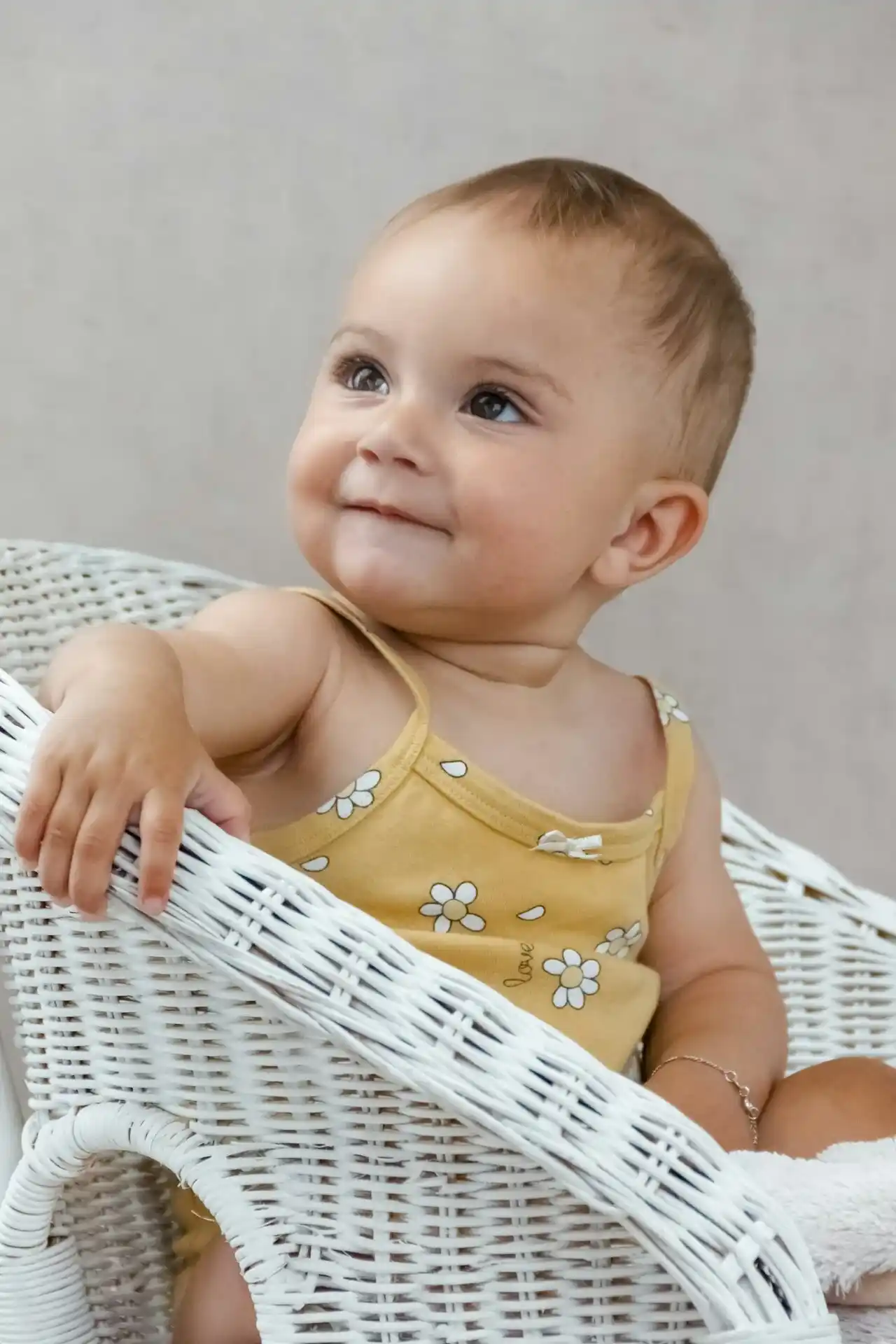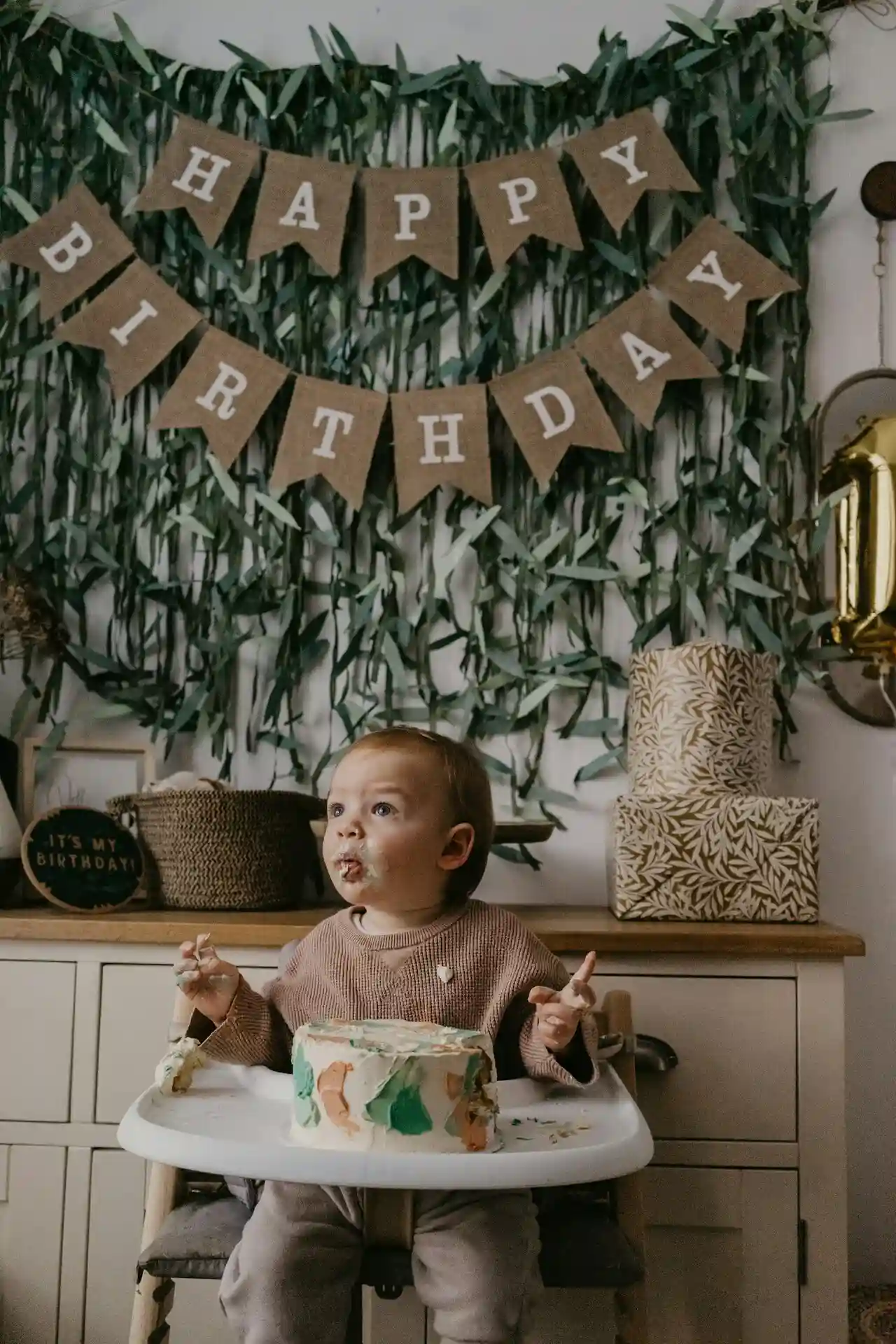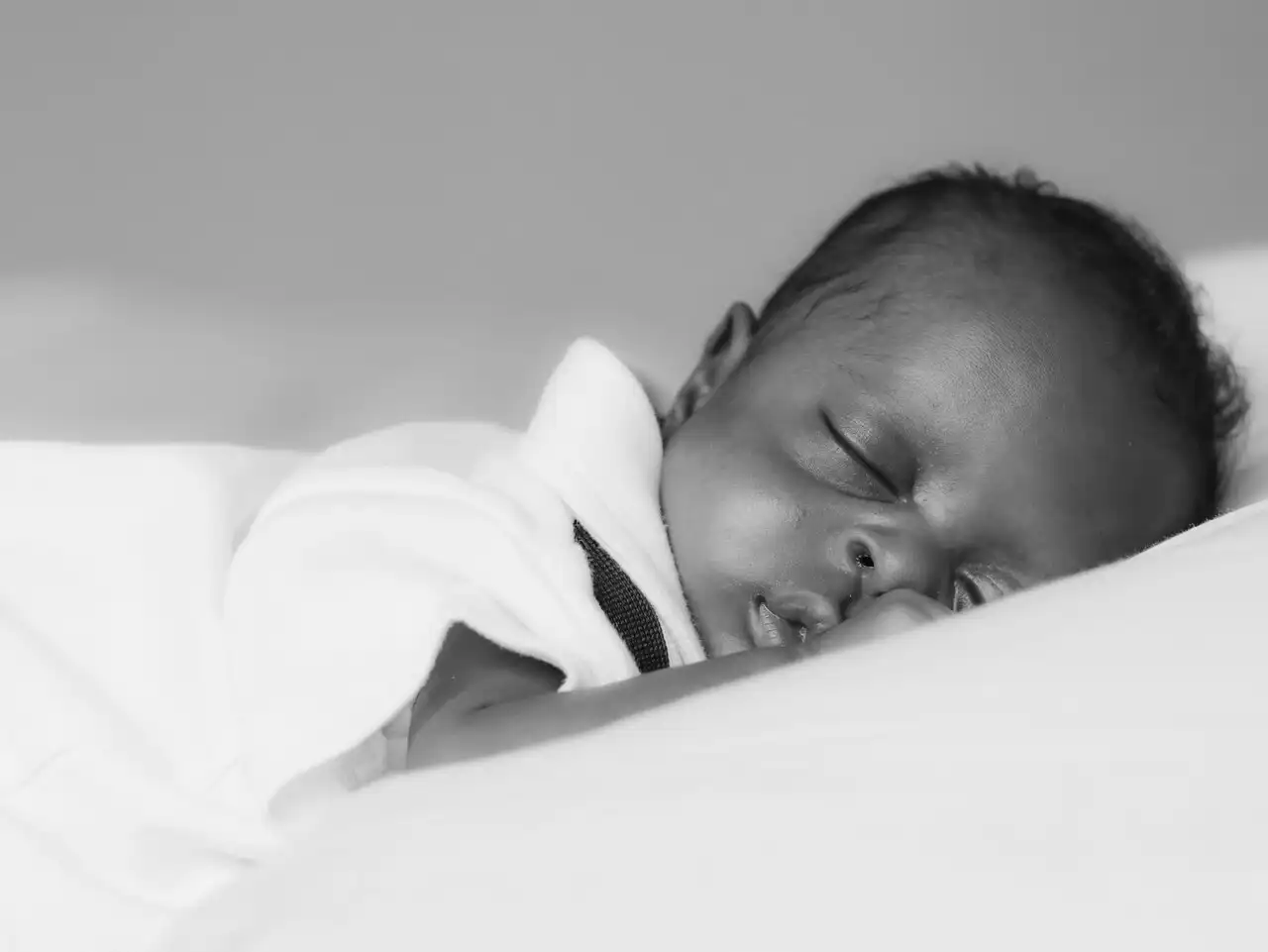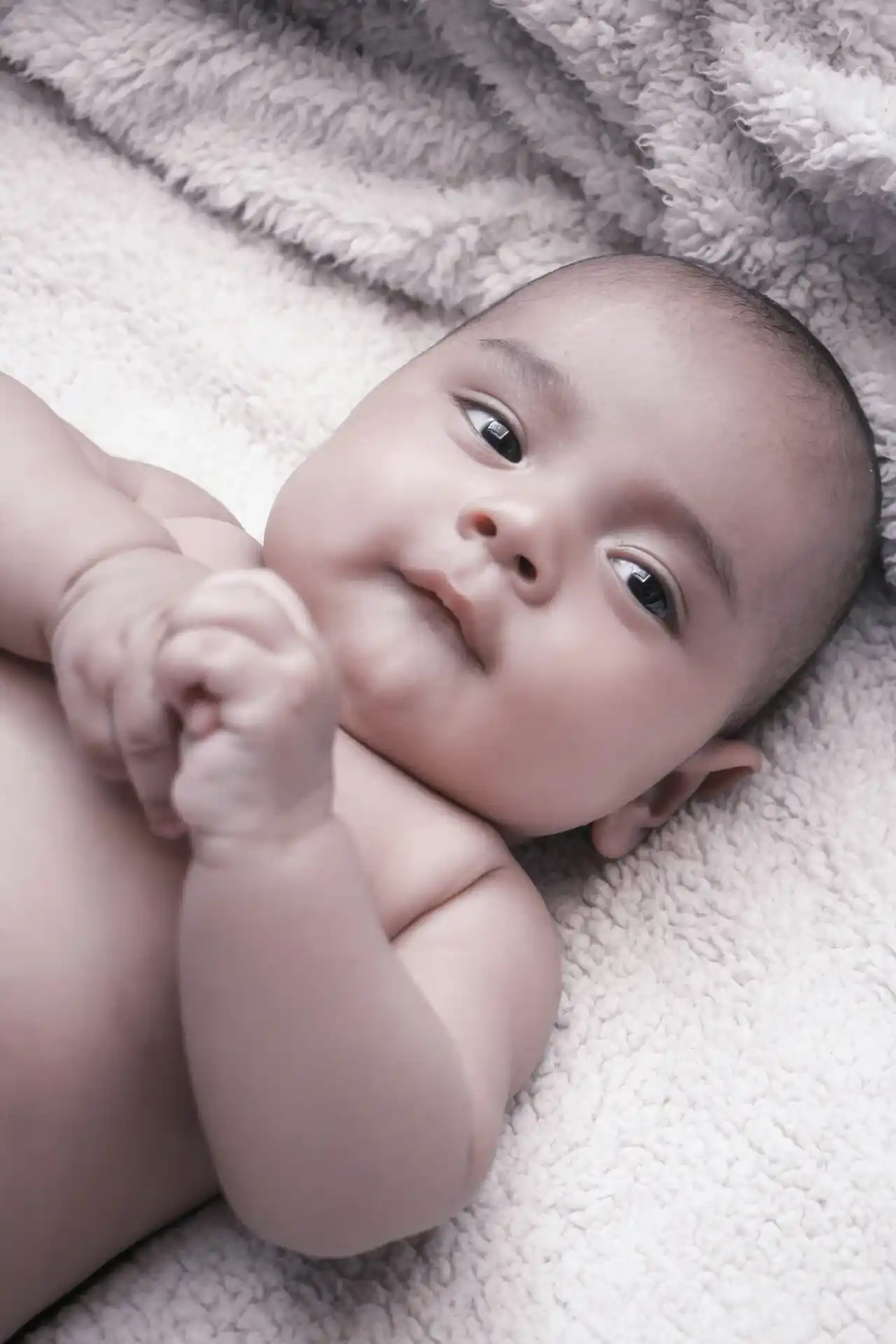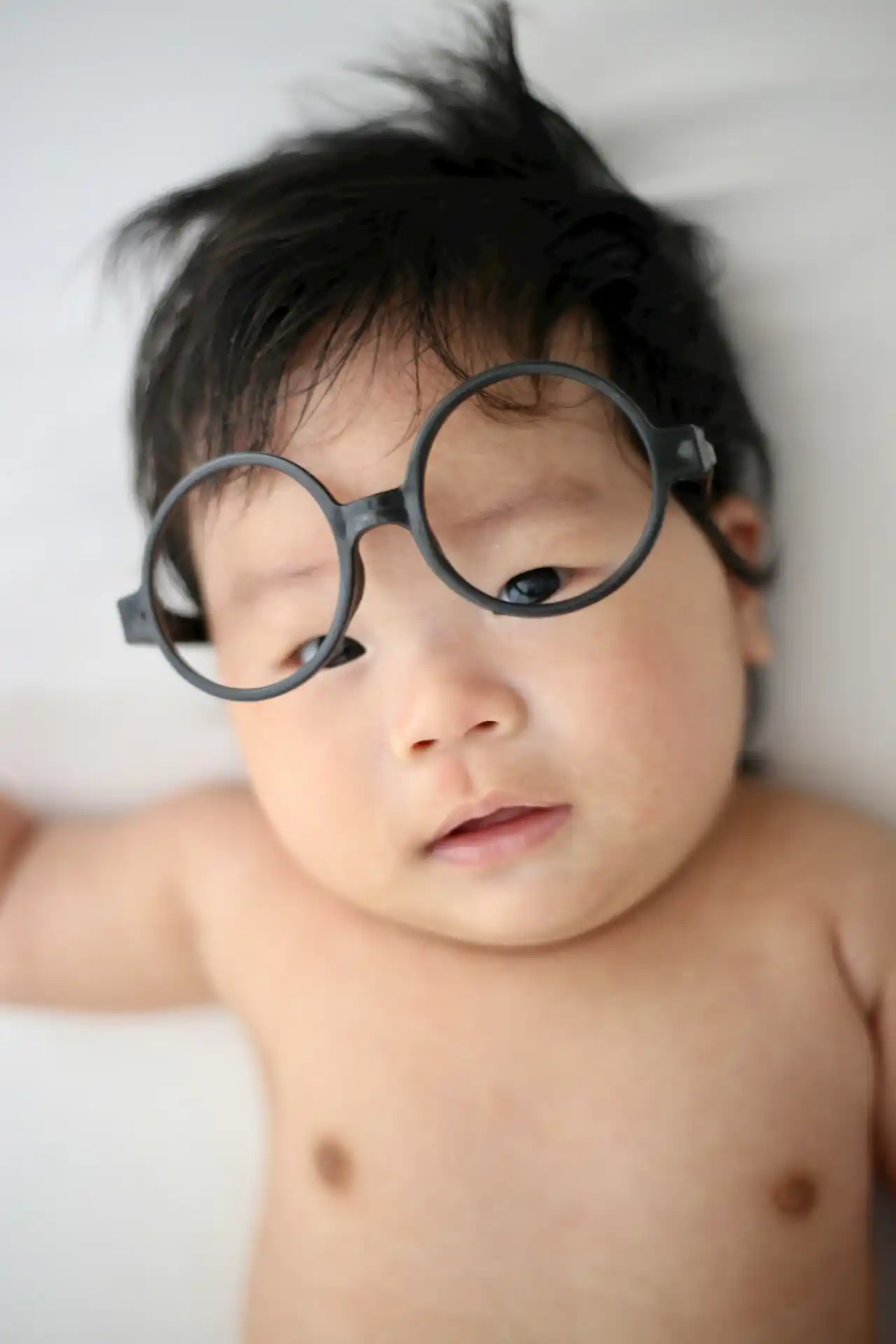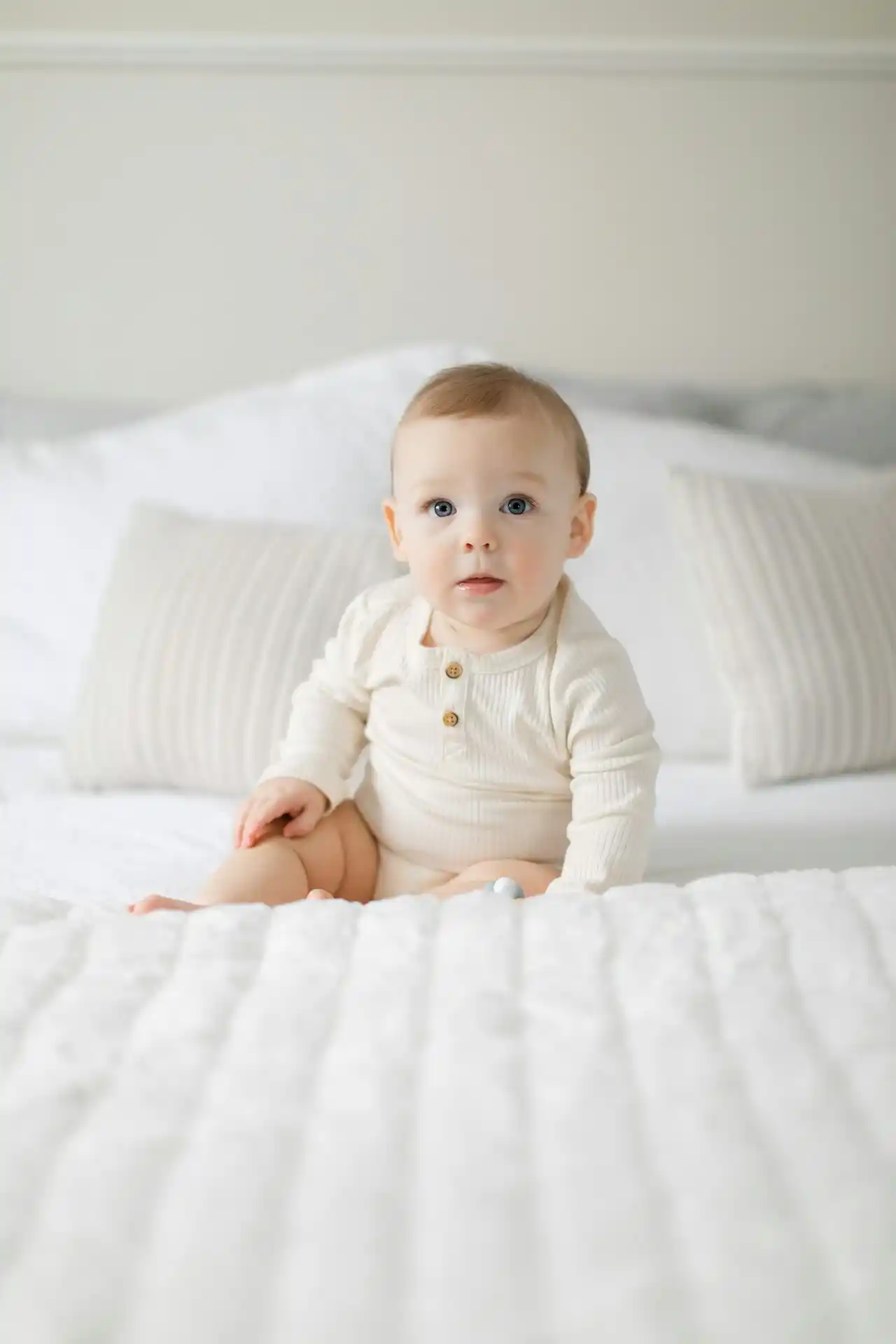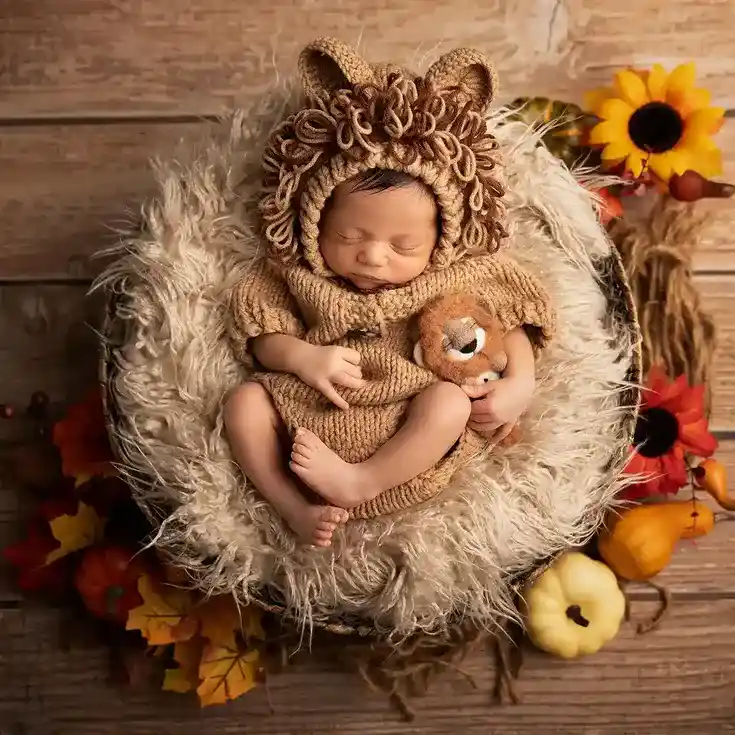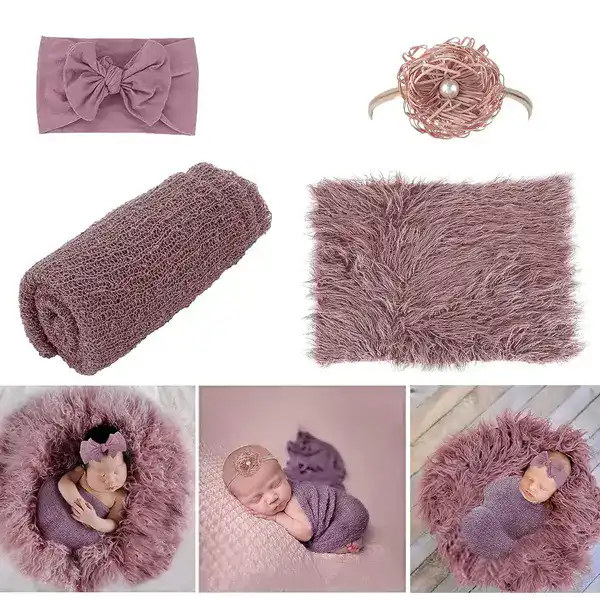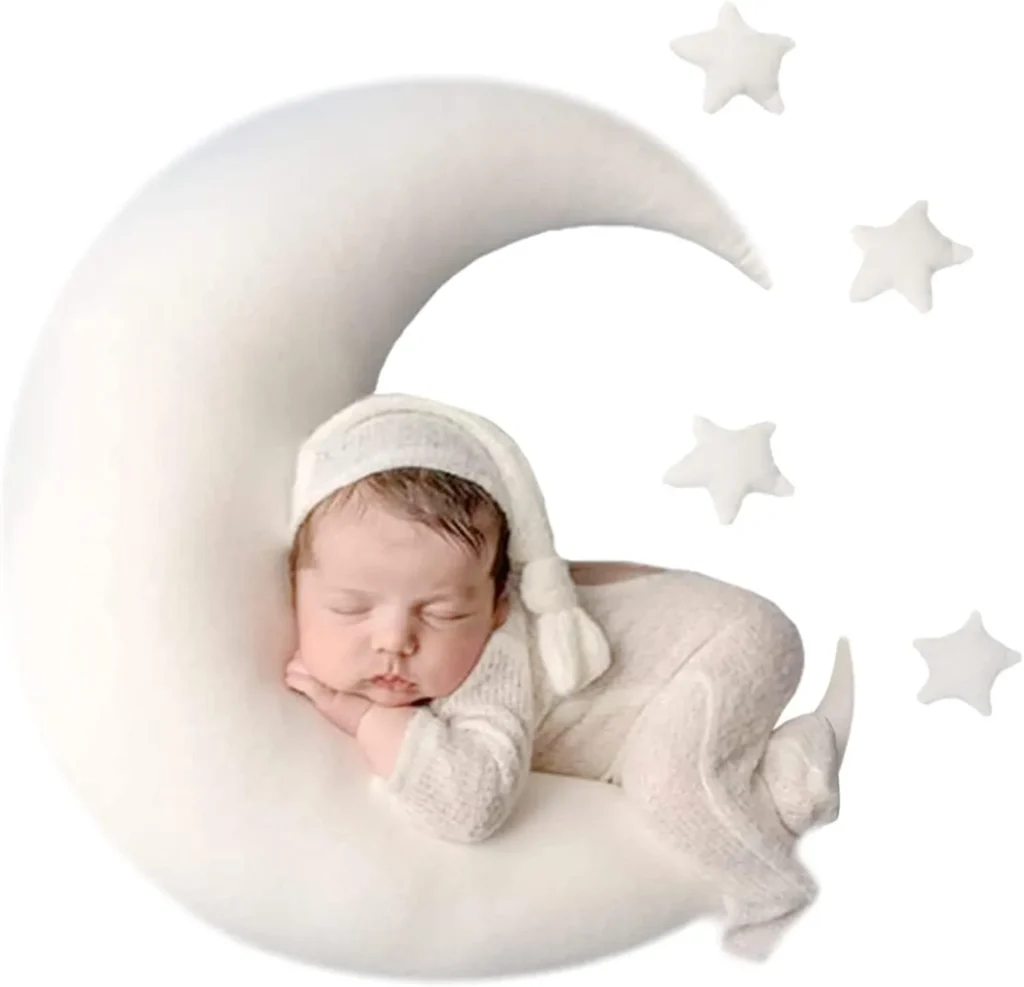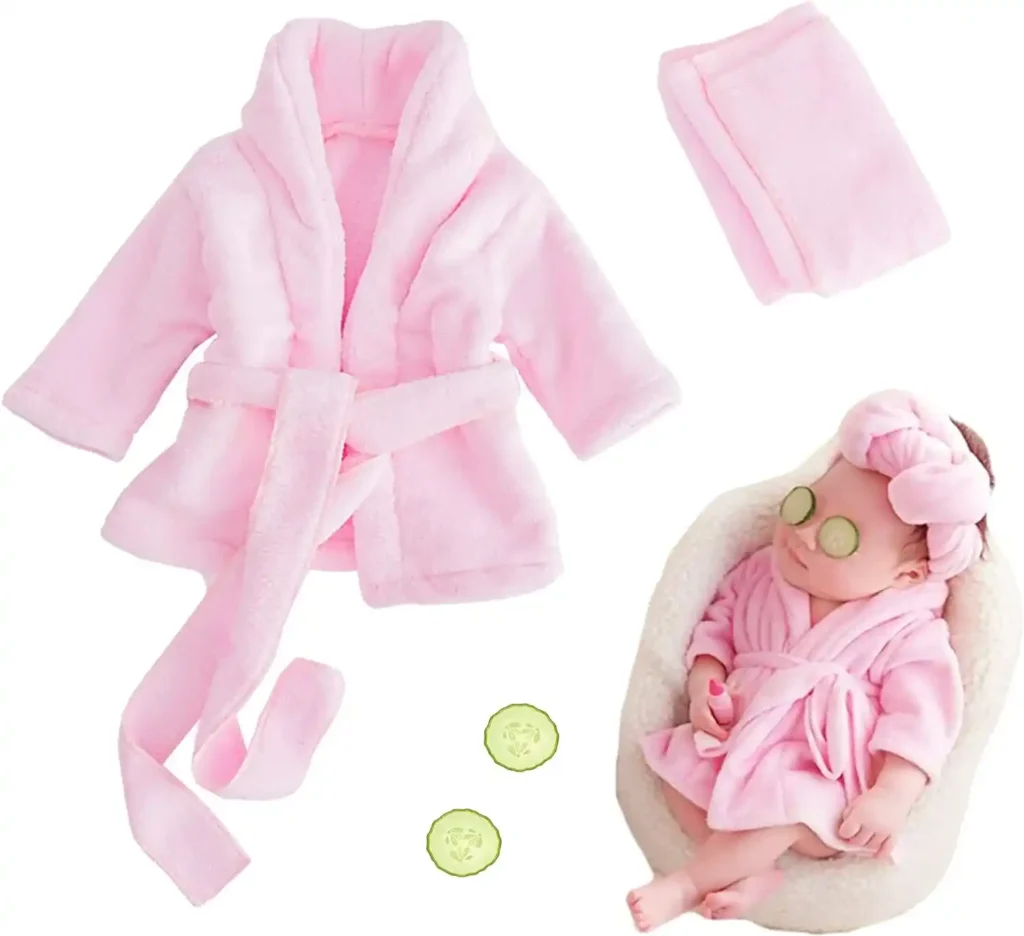Timing and Scheduling
Optimal Timing: The ideal time frame for newborn photography is within the first 5 to 14 days after birth. During this period, newborns tend to sleep more deeply and curl up naturally into womb-like poses, making it easier to capture those classic newborn photographs. Scheduling your photo shoot within this window can also help in capturing the newborn look before they start to develop baby acne or colic, which is common after the first few weeks.
Advance Booking: Considering the unpredictability of birth dates, it’s wise to book your photographer well in advance, based on your due date, with a flexible window to adjust based on the actual birth date. This ensures the photographer can allocate time around your due date to accommodate the session.
Outfit Ideas
Props are what really make any photo shoot stand out from mediocre, here is a list of props you can use from amazon!
Selecting the Photographer
Specialization and Experience: Not all photographers are experienced in newborn photography, which requires specific skills in handling babies safely and creatively. Look for a photographer who specializes in newborns and has a comprehensive portfolio that reflects their style, sensitivity, and safety in handling infants.
Safety Practices: Discuss how the photographer ensures the baby’s safety during the shoot, especially regarding posing, prop use, and the studio environment. An experienced newborn photographer will prioritize the baby’s comfort and safety above all else.
Style Alignment: Photography styles can vary widely, from natural and lifestyle to more posed and studio-based shots. Review the photographer’s portfolio to ensure their style aligns with your vision for the shoot.
Location
Outdoor Shoots: If you’re looking for Mother Nature to be the background, then there’s lots of breathtaking spots to choose from. Mountains with lots of trees and vegetation is such an incredible experience.
Home Shoots: Opting for a shoot in your home provides a comfortable and intimate setting that can be meaningful and convenient. It allows for lifestyle shots that incorporate the baby’s nursery or family heirlooms, adding a personal touch to the photos.

Baby Comfort
Temperature: Ensuring the room is comfortably warm is crucial, as newborns lose body heat more quickly than adults. A warm environment keeps the baby comfortable and sleepy, especially when they are being posed unclothed or with minimal clothing.
Cleanliness and Safety: The space, whether it’s a home or studio, should be impeccably clean and sanitized. Any props, blankets, or outfits provided by the photographer should be washed and prepared with a baby-safe detergent.
Patience
Flexibility: Newborn photography sessions can be unpredictable. The baby may need multiple feedings, diaper changes, and comforting throughout the session. A successful shoot requires patience and flexibility from the photographer and the parents.
Session Length: Be prepared for the session to take several hours, allowing plenty of time for the baby to settle into sleep and for a variety of poses and outfit changes.
Safety
Handling and Posing: The photographer should be experienced in safely handling and posing the newborn, avoiding any positions that could compromise the baby’s comfort or safety. Parents should feel comfortable voicing any concerns or preferences regarding poses during the session.
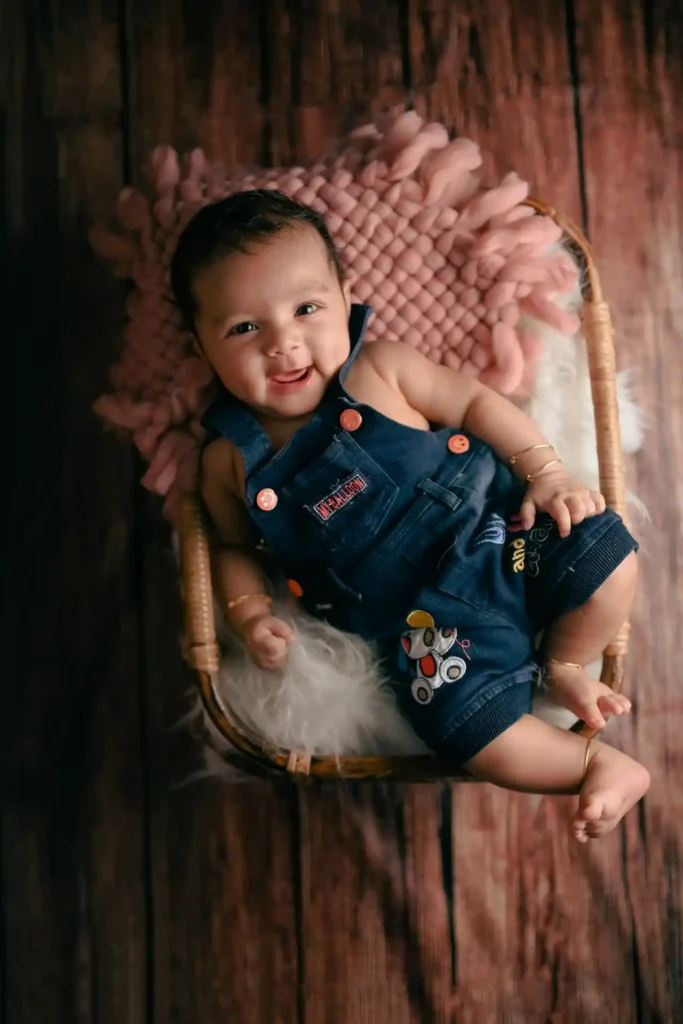
Natural Light
Soft and Flattering: Natural light provides a soft, flattering illumination that enhances the delicate features of a newborn. If the shoot is in a studio, the photographer should have strategies for mimicking this type of light to achieve a natural, gentle look.
Meaningful Elements
Family Inclusion: Including parents and siblings in the shoot adds a layer of emotional depth and connection to the photos. Interaction shots between the newborn and family members can capture genuine moments of love and bonding.
Personal Props: Items such as a blanket knitted by a grandparent or a family heirloom can add a personal touch to the photos, making them more meaningful.
Reviewing Images
Image Selection Process: Shortly after the shoot, the photographer will typically provide a selection of images for review. This process can be overwhelming, so take your time to consider which images best capture the essence of your newborn and the emotions of the day.
Editing and Retouching: Discuss the level of retouching with your photographer. While some prefer a natural look with minimal editing, others may want slight adjustments to skin tone or background details.
Media Type
Printing and Framing: Choose high-quality printing options to preserve the details and colors of your photos. Archival-quality materials can protect these images for generations.
Digital Preservation: Ensure you have digital copies of the images for backup. Consider creating an online gallery or a digital photobook as a modern way to share and preserve these memories.

Sharing the Memories
Announcements and Gifts: Newborn photos make beautiful announcements or thank-you cards. They can also be given as gifts to family members, presented in frames, or as part of a custom calendar.
Privacy Considerations: Decide in advance how you will share images online, considering privacy and the digital footprint of your newborn.
Real-Life Insight
A Personal Touch: Share stories from parents who have gone through the experience, emphasizing what they found most valuable, what they would do differently, and the unexpected joys of the shoot.
Professional Insights: Include tips from photographers on getting the best shots, their experiences with newborn photography, and advice for parents preparing for a shoot.
This expanded guide provides a deeper dive into planning, executing, and cherishing the moments captured during a newborn photo shoot. It combines practical advice with emotional insights, offering a comprehensive resource for parents and photographers alike.


